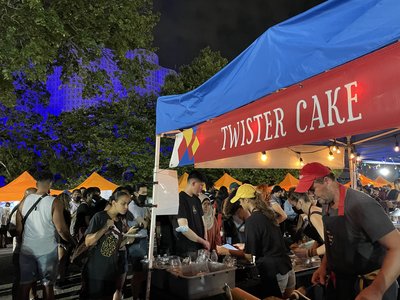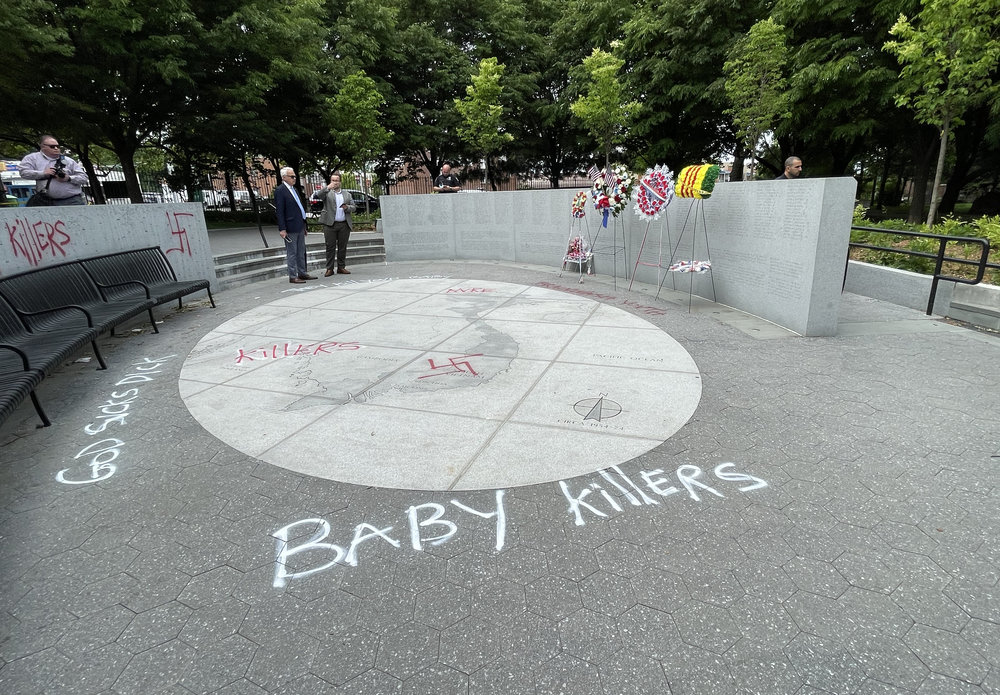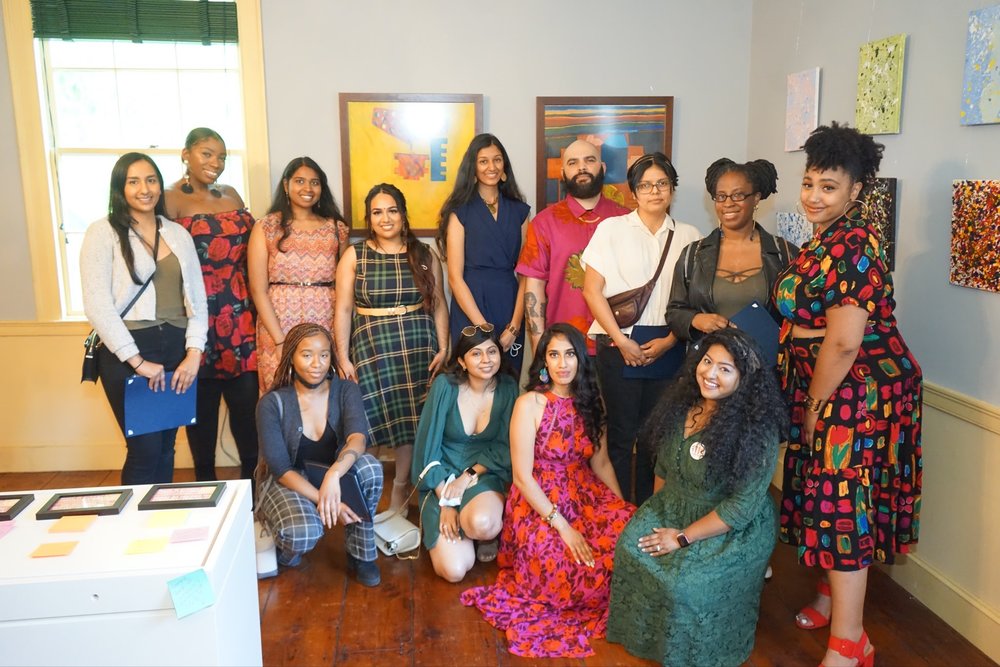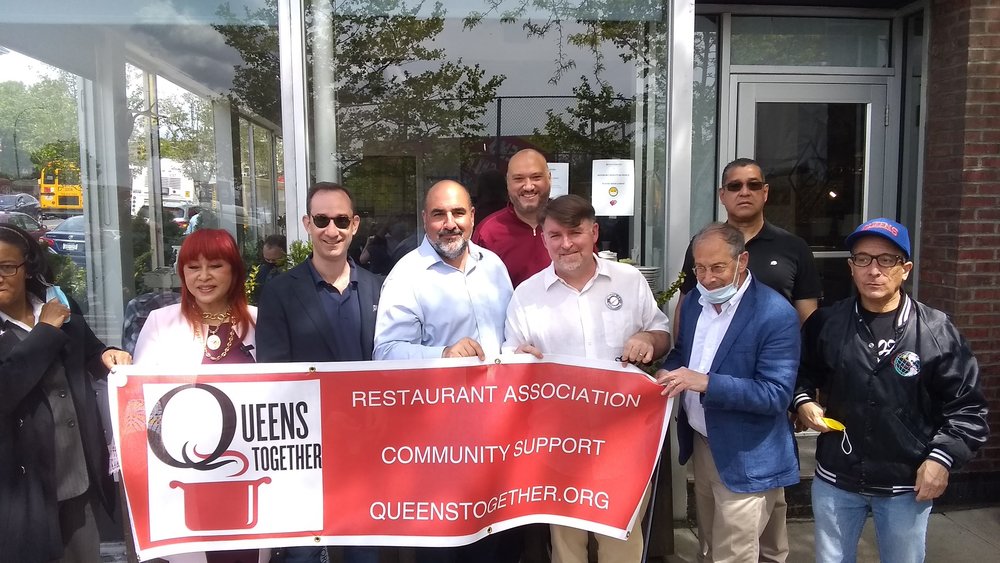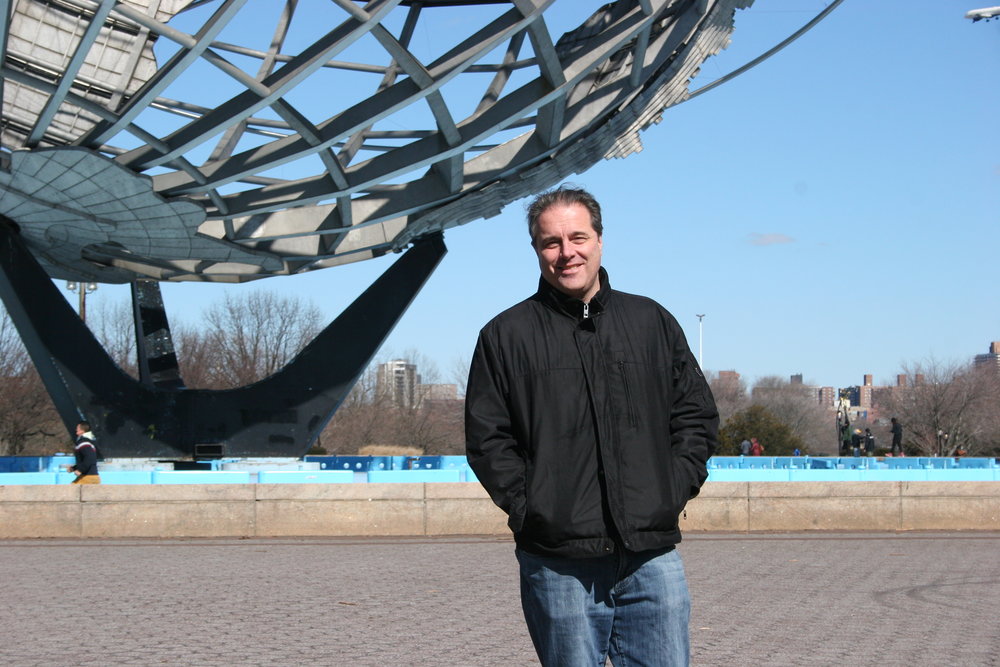Queens Night Market is thriving post-pandemic
Since it’s opening in 2015, Queens Night Market has built a reputation for its large crowds, diverse vendors, and delicious cheap bites. Although the pandemic forced the food festival to limit capacity and enforce restrictions, it has now returned to full capacity and shows no signs of slowing down.
Queens Night Market founder John Wang and his partner, oral historian and author of the book The World Eats Here: Amazing Food and the Inspiring People Who Make It at New York’s Queens Night Market, Storm Garner, discussed the festival’s origins, success, and cultural importance.
“The really short story is that I was a lawyer, got tired of it, paid off the student loans, and wanted to try something new,” Wang explained. “There were a lot of ideas, but one that seemed really cool was to start New York’s first night market, modeled off the ones I experienced in Taiwan but also something that was uniquely New York.
“We also wanted something uniquely un-New York: being affordable,” he added. “That was the genesis of the $5 price cap.”
Although the food at Queens Night Market is inexpensive, it does a remarkable job of representing the many diverse communities living within the borough.
“The truth is that Manhattan, Brooklyn, Staten Island, and the Bronx are all diverse, but Queens just happens to be the most diverse,” Wang said. “I think the year we launched was the year that Queen’s was named the ‘World’s Borough.’ It is, by some accounts, the most diverse place in the world.”
“I think it really is something unique,” Garner chimed in. “It felt a bit like an endangered species during the Trump era and certainly during the pandemic, but now it feels like it’s coming back.
“I challenge anyone to think of a place in all of New York, diverse as it is, where you can stand in the same place and within 50 feet of you in any direction talk to somebody whose life story is so different from your own and the person next to them,” she added. “The seven train is often just as diverse, but less happy.”
Located in Flushing Meadows-Corona Park, the site of the famous 1939 and 1964 World’s Fairs, the Queens Night Market features over 100 vendors whose artwork, merchandise, and food celebrates the cultural diversity of Queens.
Yet like all of New York City’s institutions, the market was fundamentally challenged by the pandemic. Although many vendors are returning this year alongside the festival, others were not able to support themselves without a year’s worth of revenue.
“One of my favorite vendors, someone who I thought was really nice, lost her ability to be a vendor at the Night Market,” Wang explained. “ They lost their apartment because they couldn’t pay rent and had to move in with extended family out of town. We’ve been trying hard to get them back to New York.”
Despite these hardships, Queens Night Market continues to be a source of great joy for both Wang and Garner.
“There’s usually five or 10 or 15 minutes, usually when I have a beer or wine in my hand, that I can sit back and enjoy what has happened,” Wang said. “You stare around at all the smiling faces and it looks like all of New York City is in attendance.”
“If you come to the Night Market, especially in the last few weeks since the pandemic reopening, I have to say it’s just the most magical feeling,” Garner said. “It’s just so much joy. There are so many uncynical New Yorkers, who I’m sure they’re cynical in most of their lives, but for a few hours on a Saturday night everyone’s nice to each other.”
Queens Night Market is held at Flushing Meadows-Corona Park near the New York Hall of Science every Saturday night from 6 p.m. until Midnight. The market’s summer season lasts until August 21 and is followed by a fall season lasting from September 18 until October 30.




